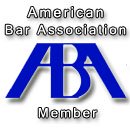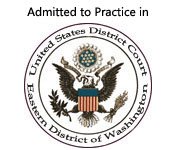Ask an Attorney a Question for FREE!
The Auto Policy
Learn How to Interpret Policy Language
The auto policy should not be read like a normal document. It does not read like a book.
If you start reading from page 1 to 55, you will not understand anything. The policy will contradict itself.
The policy is divided into several different parts or sections. You need to understand how these sections fit together so you can navigate through it easily.
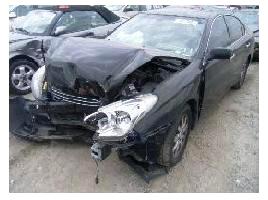
The front page is very important because it sets out the state the policy is underwritten for. This page also states the edition of the policy.
This is critical because in case of dispute, the law of the named state will be used to resolve the issues. This is true even if the accident occurs in another state or country.
Note: The above-mentioned dispute refers to a disagreement between you and your own insurance company, not a disagreement with third parties. Disputes against third parties are controlled by the laws of the state where the accident happened.
The front page of the auto policy is also important because adjusters get comfortable with what most policies say.
They read policies every day and they get used to the language and what they normally say.
This creates an interesting situation: most adjusters do not read your specific policy.
They assume what your policy says. They usually make an educated guess regarding the contents of any given auto policy.
The underwriting department (the people that write the auto insurance policy) sits down every month, sometimes every week, and review these contracts or policies.
They make changes all the time. For example, if a policy reads:
We will pay for essential services provided and loss wages.
Two things are actually covered: Essential Services (i.e. the value of you mowing your lawn or grooming your dog) and the time that you are away from work.
If the underwriting department changes the auto policy to read:
We will pay for essential services provided or loss wages.
In this case, one or the other is covered but not both.
Changing one word affects the way the claim should be covered.
If your adjuster is not on top of every single change in every policy, then your adjuster could be just telling you what she thinks your insurance policy says, not what it actually says.
You need to read your policy and confirm what an adjuster is telling you.
Knowing the exact edition, issue, and/or date of your policy is very important when negotiating your damages.
I cannot tell you how many errors I caught my MANAGER making when she was thinking a policy read a certain way, when in fact it had been changed!
The first pages of a policy will give you information about how wonderful the CEO of the company is, and who the CFO is. Stuff like that, nothing that matters to anyone, unless you are an investor.
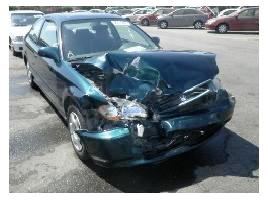
The table of contents of the policy will be laid out for you. There, you will see that there are different parts or sections to your policy. Some insurance companies number the parts.
Liability Coverage is 1, Personal Injury Protection is 2, and so on. Other insurance companies have the alphabet, Coverage A, Coverage B, Coverage B1.
They are the same coverages explained on this website. Do not be confused. The concepts are the same.
The table of contents is important because it sets the layout of the entire policy.
The next page of the policy should be the DEFINITIONS PAGE.
This is also a very important page. I would say this is the second most important page of the entire auto policy (the first one being the declaration page).
The definitions page will only apply to those terms that are “re-defined” later. Definitions in a policy may change on each specific section. I will explain it here in a short moment.
After the definitions page, you have the actual coverage section. All coverages will be listed on your policy as if you were entitled to all coverages. However, only the sections (coverages) outlined on your declarations pages will apply to you.
Usually, the first coverage to appear is liability. The very first thing you should read is the INSURING AGREEMENT, INSURING CLAUSE, or the WE AGREE TO portion right at the top of the page.
This is the promise, or what the insurance company agrees to do for you. For example,
This insurance company will pay for all damages an insured person is legally obligated to pay because of bodily injury or property damage meaning:
1. Bodily injury, sickness, disease, or death of any person, including loss of services; and
2. Damage to or destruction of property including loss of its use.
Under these coverages, your policy protects an insured person from claims for accidents arising out of the ownership, maintenance or use, loading or unloading of an insured auto.
The liability coverage continues to read:
We will defend an insured person sued as the result of an auto accident, even if the suit is groundless or false. We will choose the counsel. We may settle any claim or suit if we believe it is proper.
This language is very powerful, and unless you read it carefully, you will miss the detail.
This is the promise they are making to you in exchange of premium. This is what they agree to do.
Do you see how they slip two clauses against you?
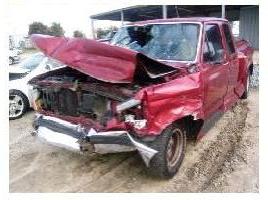
They included the rights of counsel concept (we will choose the attorney) and rights of settlement clause (we will settle as we see fit), but that aside, that is it their promise.
When reading any auto policy, you must start with the declarations page (to see if that coverage is listed), then you must move on to the Insuring Agreement. After the agreement, you must look at the DEFINITIONS.
You must look at the entire coverage section. If there is no subheading under the specific coverage part indicating “definitions”, then you must go to the first page where the original definitions are located.
The first page of definitions applies to the entire auto policy, unless they are redefined on the specific coverage section. For example, under the Liability coverage the definition of INSURED should look like this:
You, any resident and any other person using your insured auto with your permission.
Basically, an insured is any person behind the steering wheel of your car so long as they are using it with your permission. A thief would be excluded!
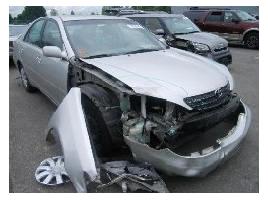
But what about Johnny the 3 year old? Well, look at the criteria, is he a resident? If yes, then did he have permission? Here it will be a little tricky. Who gives the keys to a 3 year old? No one, in their right mind that is.
But note, it does not say that the engine must be on, or it must be moving. It says “using”. What does that mean?
Using could mean just sitting in it, or playing in it (like a three year old playing in the car).
In this case, you will have to see if the word “using” is defined in the specific section, if it is not, then you must look at the definition page in front of the policy.
If there is no definition for this word, then the Interpretation of the Policy concept will be applied.
Learn How to Read Your Auto Insurance Policy
Auto Policy Declarations Page
Auto Dec. Page II
The Auto Policy Part I
The Policy Part II
Read Your Policy Endorsements
|
|
|
For a Free Review of Your Case
Please Call (866) 878-2432 |
